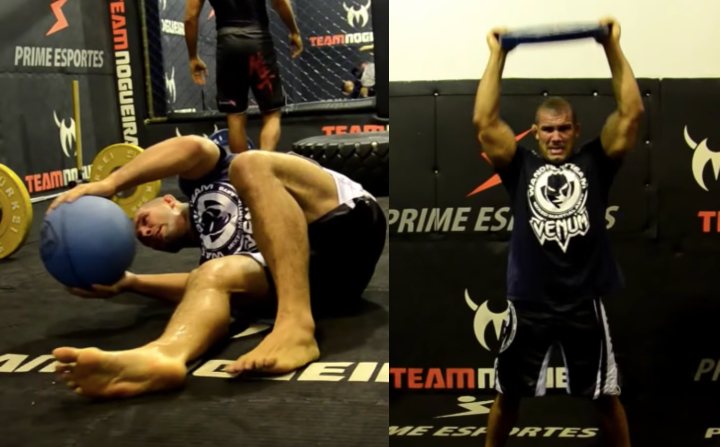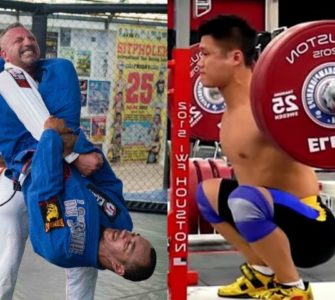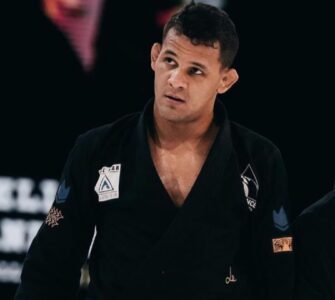Written for BJJEE by Vladimir Popovic, black belt judo, black belt bjj, master degree in sport science and exercise. Strength and condition coach, specialty – martial arts.
While strength training is a very vast subject and we can safely say that the most explored of all motor abilities and done almost countless studies and experiments, hereinafter will try to give some basic information that could be used by any fighter, respectively, coach BJJ. There are several definitions of the term power. For us, most comprehensive and most acceptable would be: Power is the ability to overcome external load muscle contraction. There are several types of power:
-Explosive Power – the ability to achieve maximum muscle contraction in the shortest possible time;
-Speed Power – is the ability of the athlete to perform one or more movements at a greater speed at lower or higher resistance; (for some authors explosive and speed power are the same one)
-Repetitive Power (endurance in strength, muscular endurance) – The ability of athletes to exhibit relatively greater power over a longer period of time;
-Maximum or static power – FORCE– the biggest force that can be generated in a maximal voluntary contraction.
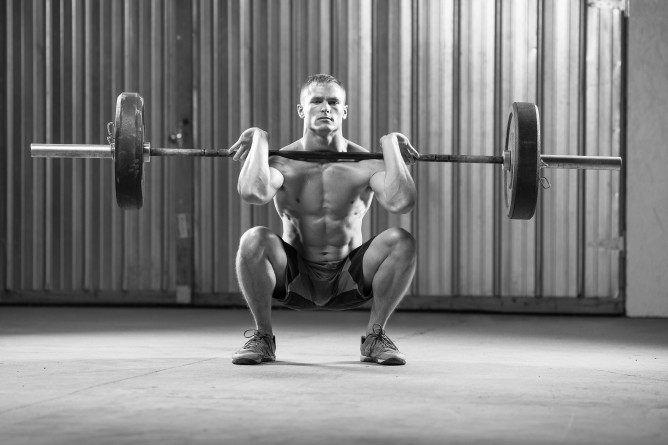
There is also a division at:
-Absolute strength (maximum weight load that athletes can handle)
-Relative strength (mastering the relationship between load and mass athletes)
In addition to the division of power, we have to mention the division of muscle contraction. those are:
-Concentric (Muscle force is greater than the external force, the muscle shortens, merge approaching)
-Eccentric (Muscle force is less than exterior force under whose influence of muscle lengthens)
-Isometric (Muscle force is equal to the external force and does not come to a shortening nor to an elongation of muscles, respectively, outwardly muscle length does not change, but the tone rises)
When you talk about sports or about strength training in sports, there is a rule (with exceptions of course): “To train movement, not muscle.” Accordingly, there are specific features and rules when it comes to strength training in a specific sport. Those are:
1. Type of power – we get gain strength only from the type of power that we trained, for example, if your goal is to improve the technique of “double leg takedown (DLT)” must do explosive strength, because it is a movement that seeks explosiveness.
2. The muscle groups involved in the exercise – you need to turn those muscle groups that perform this movement or strength increases only in those muscles involved in the exercise, for example, when the DLT technique primarily the muscles of the legs, core muscles and neck and partly arm muscles and chest, and they should train.
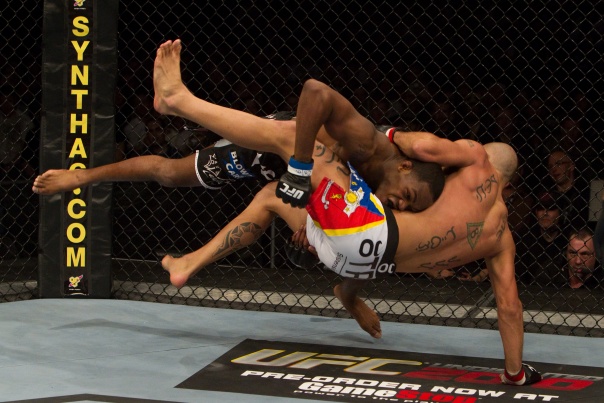
- The type of muscle contraction – in which the contraction exercise your muscles or movement, in that most will come to gain power, for example. If you are in a position to side control and planning to strongly fix the opponents should be doing isometric contraction.
- The amplitude of the movement – the power of the highest increases in the extent in which you perform the movement; try to develop strength in the range (amplitude) in which you perform the movement in sports. For example, If you do DLT technique half squat is not a great exercise for you; an exercise would be a deep squat or lunge because the amplitude of movement.
- Speed of contraction – If your sport is dominated by fast movements, you should practice all the moves in fast mode, respectively contraction. For example, if we do technique where flying armbar is required to perform a quick movement, an exercise for us would jump (different variants), because it is fast contraction, while squat with large weights and thus a slower rate of contraction would not be appropriate.
- The specificity of the movement – the last, but we can safely say the most important thing. Each exercise has a specific structure of the movement and the power of the highest increases most in the movement. If the athlete raises high weight exercises leg press, the squat position might happen to generate the (proportionally) less force. Although the other 5 parameters like, almost the same, if we change just one detail performing the exercises, movement, changing the neuromuscular coordination and the nervous system recognizes it as almost a second movement and therefore generates less force. Look to always make as similar as possible to exercise training with movement in sport, every detail.
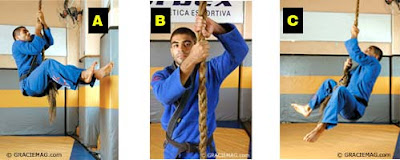
So from all of this, can we deduce that the rule of SPECIFIC is the most important in sport. There are a number of scientists who advocate the theory that no preparatory or basic agent (exercise) can replace the specific muscular work. Most of you probably at the mention of the word “force” think about the gym. In addition to the weights and machines, there is also a multitude of resources for the development of power which we will discuss in some other articles. These are all excellent methods and resources in training forces, but keep in mind just eating thing: Strength training is a great addition to the sport, especially in combat, only if you respect the rule of SPECIFIC!

